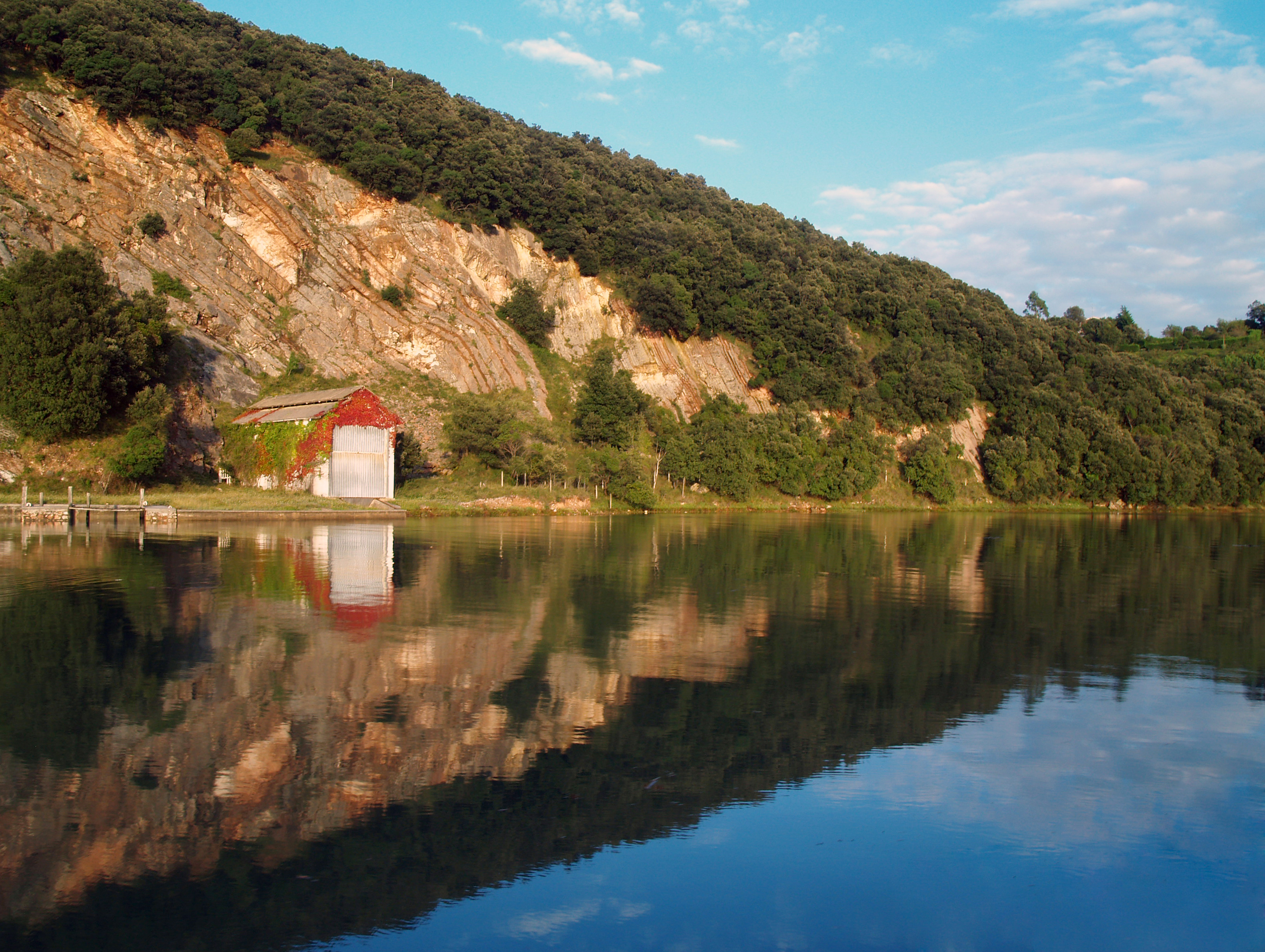"Artadi" oak forest

Photo: Gorka Zabaleta
The Artadi hill is a fine example of the close connection which exists between place names and landscape. The Artadi holm oak forest covers much of the hill which bears the same name, and which is located on the right-hand bank of the River Urola. It is a dense, continuous mass of holm oaks covering just over 20 hectares, located on a sharply sloping mountainside. Its location, the denseness of the forest itself and its relatively untouched nature lend it a very special environmental and natural charm.
Flora and fauna
The vegetation is typical of Cantabrian holm oak forests growing in calcareous soil, and indicates the existence of a past climate that was drier and more settled. In addition to the holm oaks themselves, the area contains madrones (or strawberry trees, as they are commonly known), laurels, privets, Mediterranean buckthorns, barberries and several other species of oak. The abundance of the sarsaparilla plant, a prickly-stemmed liana, makes it difficult to access the forest’s inner areas. The Artadi oak forest is a curious mixture of Mediterranean and Atlantic vegetation, and is the last forest of its kind in eastern Gipuzkoa.
Being fairly small, the Artadi oak forest is unable to support any stable bird communities; nevertheless, it is home to several smaller forest species, although birds of prey are rare. The birds which visit the wetlands tend to use the Artadi woodland as a roosting ground.
Those species which build their nests in Artadi include scops owls, pied wagtails, hedge sparrows, black redstarts, song thrushes, garden warblers, chiffchaffs, great tits, blue tits, short-toed treecreepers, chaffinches, serins and linnets. Outside the nesting period, the birdlife in Artadi varies from season to season.
Although they are hard to spot, some lucky visitors may find a number of different mammalian species in Artadi, the most interesting being weasels and foxes, which use the dense undergrowth to move through the forest unnoticed.

 turismoa@zumaia.eus
turismoa@zumaia.eus
 Bulegoa
Bulegoa








